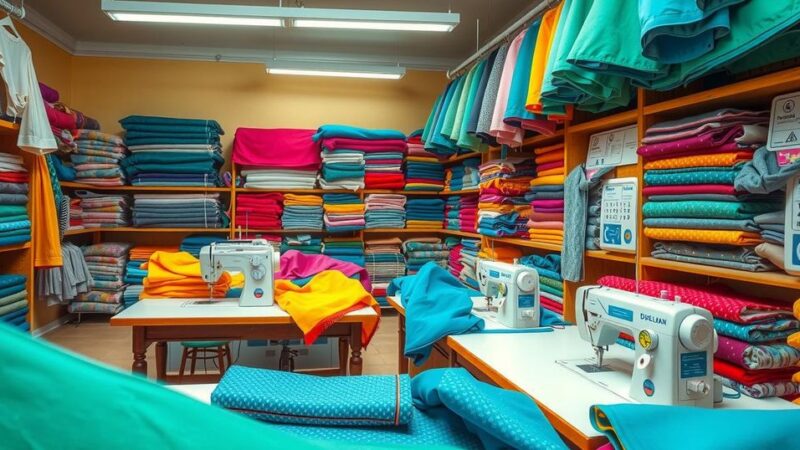Lisa Hanna argues for a US$60 million investment in Jamaica’s creative industry to boost the economy and create jobs. However, the article highlights the challenges of limited resources, competing national priorities, and social issues such as healthcare and education that complicate such plans.
In a recent column for the Jamaica Observer, Lisa Hanna articulates the untapped potential of Jamaica’s creative industry, advocating for a substantial investment of US$60 million to develop world-class facilities in film, music, and the arts. She posits that such investment could substantially bolster employment and the economy, referring to it as a “billion-dollar gold mine.” However, there are inherent challenges in realizing such visions amid competing national priorities.
While many acknowledge the immense potential within Jamaica’s creative sector, it is essential to recognize the complex landscape of limited resources and existing societal issues. Although Hanna’s aspirations are commendable, the historical context suggests that creating these facilities is not merely a straightforward task. There are substantial financial implications, especially in a region grappling with healthcare and educational challenges.
The Caribbean has not yet developed many creative facilities, likely due to the prohibitive costs involved. Before allocating funds for such ambitious projects, it is crucial to address the basic needs of the population, as an estimated 80% of Jamaicans lack health insurance. Limited attention to social issues, such as crime and drug abuse among youth, stands at odds with calls for large-scale investment initiatives.
Moreover, Hanna’s calls for collaboration between government and private sectors appear overly optimistic. The differing goals, interests, and work ethics between these entities complicate efforts to attract foreign investments. Without concrete assessments of project viability and potential returns, there is little incentive for investors to engage in these initiatives.
While it is beneficial to propose ideas for enhancing Jamaica’s living and working conditions, it is imperative that these solutions are grounded in practicality and feasibility. Developing infrastructure that ultimately remains idle negates both financial and social investments, highlighting the need for realistic, actionable plans moving forward.
In summary, while Lisa Hanna’s vision for Jamaica’s creative industry is inspiring, the reality necessitates a balanced consideration of national priorities and existing challenges. Stakeholders must address fundamental social issues before pursuing large-scale investments in creative facilities. Additionally, fostering collaboration between government and private sectors requires realistic strategies to attract investment. Effective solutions for Jamaica’s development must remain practical and achievable, ensuring long-term benefits for all citizens.
Original Source: www.jamaicaobserver.com






